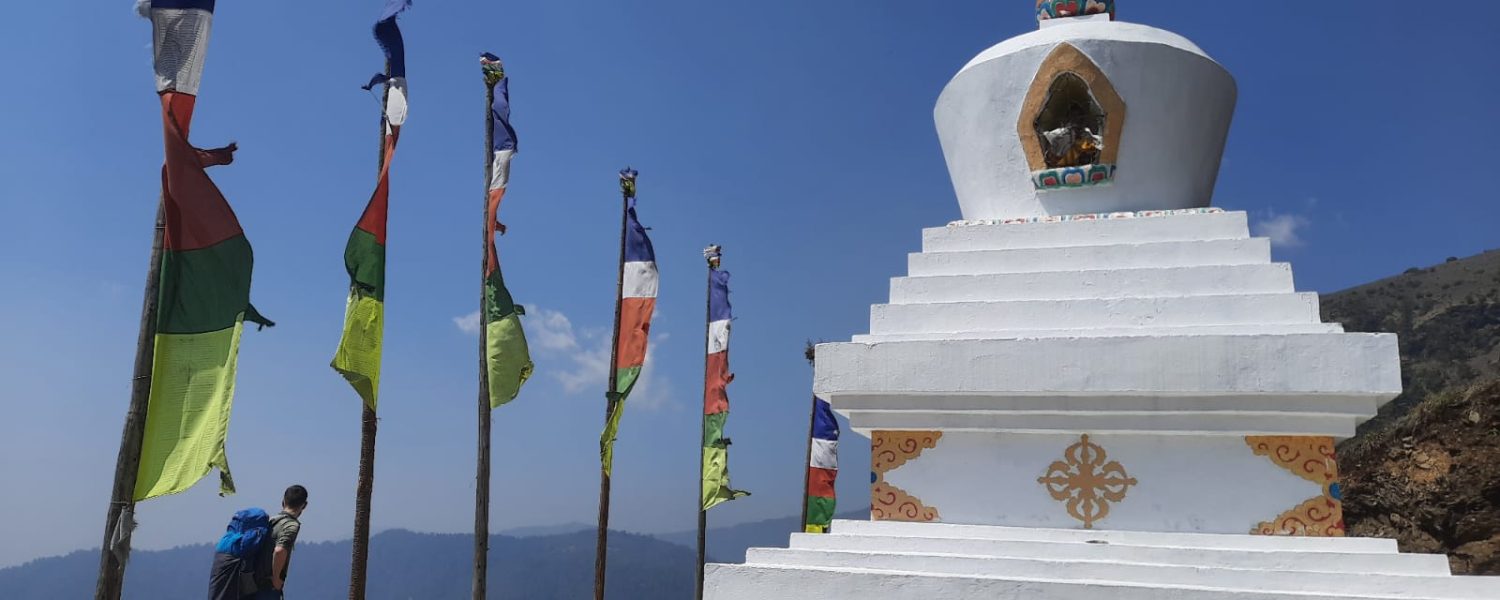Place to See in Nepal.
The Place to see in Nepal inside the Kathmandu Valley, World heritage site. Boudhanath Stupas, Hindu Temple, Old Durbar square. Living goddess Kumari. Pasupatinath.
Swayambhunath
A golden spire crowning a conical wooded hill, Swayambhunath Stupa is the most ancient and enigmatic of all the holy shrines in Kathmandu valley. Its lofty white dome and glittering golden spire are visible for many miles and from all sides of the valley. Historical records found on a stone inscription give evidence that the stupa was already an important Buddhist pilgrimage destination by the 5th century AD. Its origins however, date to a much earlier time, long before the arrival of Buddhism into the valley. A collection of legends about the site, the 15th century Swayambhu Purana, tells of a miraculous lotus, planted by a past Buddha, which blossomed from the lake that once covered Kathmandu valley.
The lotus mysteriously radiated a brilliant light, and the name of the place came to be Swayambhu, meaning ‘Self-Created or Self-Existent’. Saints, sages and divinities traveled to the lake to venerate this miraculous light for its power in granting enlightenment. During this time, the Bodhisatva Manjushri was meditating at the sacred mountain of Wu Tai Shan and had a vision of the dazzling Swayambhu light. Manjushri flew across the mountains of China and Tibet upon his blue lion to worship the lotus. With a great sword Manjushri cut a gorge in the mountains surrounding the lake. The water, draining away, left the valley of present-day Kathmandu. The lotus was then transformed into a hill and the light became the Swayabhunath Stupa.
Religious Harmony
Swayambhunath’s worshippers include Hindus, Vajrayana Buddhists of northern Nepal and Tibet, and the Newari Buddhists of central and southern Nepal. Each morning before dawn, hundreds of pilgrims will ascend the 365 steps that lead up the hill, file past the gilded Vajra (Tibetan: Dorje) and two lions guarding the entrance, and begin a series of clockwise circumambulations of the stupa (Newari Buddhists circle in the opposite, counterclockwise direction). On each of the four sides of the main stupa there is a pair of big eyes. These eyes are symbolic of God’s all-seeing perspective.
There is no nose between the eyes but rather a representation of the number one in the Nepali alphabet, signifying that the single way to enlightenment is through the Buddhist path. Above each pair of eyes is another eye, the third eye, signifying the wisdom of looking within? No ears are shown because it is said the Buddha is not interested in hearing prayers in praise of him.
The area surrounding the stupa is filled with chaityas, temples, painted images of deities and numerous other religious objects. There are many small shrines with statues of Tantric and shamanistic deities, prayer wheels for the Tibetan Buddhists, Shiva lingams (now disguised as Buddhist chaityas and decorated with the faces of the the Dhyani Buddhas), and a popular Hindu temple dedicated to Harati, the Goddess of smallpox and other epidemics.The presence of the Harati Devi temple signifies the intermingling of the pantheons of Hinduism and Buddhism in the development of the religious trends of Nepal. As Buddhists had no deity in their own pantheon to protect against the dreaded smallpox, they adopted the Hindu deity for assistance.
Place to See In Kathmandu – Swoyambhunath
Atop Swoyambhunath hill is another fascinating, though smaller and less visited temple. This is Shantipur, the ‘Place of Peace’, inside of which, in a secret, always locked, underground chamber lives the 8th century Tantric master Shantikar Acharya. Practising meditation techniques, which have preserved his life for uncounted centuries, he is a great esoteric magician who has complete power over the weather. When the valley of Kathmandu is threatened by drought, the King of Nepal must enter the underground chamber to get a secret mandala from Shantikar. Soon after the mandala is brought outside and shown to the sky, rain begins to fall. Frescoes painted on the inside temple walls depict when last this occurred in 1658. The small temple has a powerful atmosphere; it is mysterious, stern and slightly ominous.
The complex of temples atop Swayambhunath hill is one of my most favorite sacred places in the world. It was here, in 1967, when I was thirteen years old that I first became enchanted with visiting and photographing ancient pilgrimage shrines. Swayambhunath stupa is also called the ¡®Monkey Temple¡¯ because of the many hundreds of monkeys who scamper about the temple at night after the pilgrims and priests have departed. These monkeys and a hashish inspired yogi first introduced me to the magic of sacred places. Nearby the Swayambhunath hill are other important temples such as the Shiva Jyotir Linga temple of Pashupatinath, Boudhanath stupa, Changu Narayan, Dakshinkali, and Budhanilkantha. Readers interested in studying the sacred sites of the Kathmandu valley in detail are referred to the works of Bubriski, Majupuria and Moran listed in the bibliography.
Durbar square
The Kumari Living Godess Ghar:
At the West end of the square, is a beautiful house full of woodcarving of different God and Goddesses. This Palace is three storied and in this palace, lives the very famous living Goddess Kumari. Both Hindus and Buddhists equally venerate her. For Hindus she is the reincarnation of Hindu Goddess Kali. She is equally worshiped by Buddhists because she is chosen from Buddhist family. This shows the harmony between Buddhist and Hindus in Nepal.
Kastha Mandap:
One of the popular temples of Kathmandu Durbar Square is Kashamandap locally knows as Maru Sattal. It is believed that the name of Kathmandu City is derived from the name of this temple. Kastha means wood and Mandap means pavilion. At the center of this temple, one can see the statue of a Hindu God Gorakhnath and in the four corners of the temple one can see Ganesh Statues.
Maru Ganesh:
Small yet the most visited temple of Kathmandu is Maru Ganesh. The people of Kathmandu valley believe that the four Ganesh in four corners of Kathmandu valley protect the peoples living in Kathmandu. Every day people go to worship this temple and especially on Tuesdays one can see a long queue of people waiting for hours to worship. Tuesday is the day of Ganesh.
Other interesting things to see here are Mahadev Temple, Shiva Parvati Temple, Bhagwati Temple, Old palace, Saraswoti temple, Krishna Octangular Temple, Big drums, Kal Bhairav, Jagannath Temple, and Taleju Temple etc…
Bouddhanath
Bouddhanath (Place to See) is among the largest stupas in South Asia, and it has become the focal point of Tibetan Buddhism in Nepal. The white mound looms thirty-six meters overhead. The stupa is located on the ancient trade route to Tibet, and Tibetan merchants rested and offered prayers here for many centuries. When refugees entered Nepal from Tibet in the 1950s, many of them decided to live around Bouddhanath. They established many gompas, and the “Little Tibet” of Nepal was born.
This “Little Tibet” is still the best place in the Valley to observe Tibetan lifestyle. Monks walk about in maroon robes. Tibetans walk with prayer wheels in their hands. The rituals of prostration are from the Buddha as worshippers circumambulate the stupa on their hands and knees, bowing down to their lord.
Tolerance
Many people believe that Bouddhanath is from the fifth century, but definite proof is lacking. The stupa is the entomb of the remains of a Kasyap sage who is venerable both to Buddhists and Hindus. One legend has it that a woman requested a Valley king for the donation of ground required to build a stupa. She said she needed land covered by one buffalo’s skin and the King granted her wish. She cut a buffalo skin into thin strips and circled off a fairly large clearing. The king had no choice but to give her the land.
The Bouddha area is a visual feast. It is indeed the Place to See. Colorful thangkas, Tibetan jewellery, hand-woven carpets, masks, and khukuri knives are sold in the surrounding stalls. Smaller stupas are located at the base. Gompa monasteries, curio shops, and restaurants surround Bouddhanath. Conveniently situated restaurants with rooftop patios provide good food and excellent views of Bouddhanath.
Place to See in Kathmandu Nepal – Pashupatinath:
Pashupatinath is the holiest Hindu pilgrimage destination in Nepal. There are linga images of Shiva along with statues, shrines, and temples dedicated to other deities in the complex. A temple dedicated to Shiva existed at this site in AD 879. However, King Bhupatindra Malla built the present temple in 1697. A gold-plated roof, silver doors, and woodcarvings of the finest quality decorate the pagoda construction.
Guheswari Temple, restored in AD 1653, represents the female “force”. It is for Satidevi, Shiva’s first wife, who gave up her life in the flames of her father’s fire ritual.
A circuit of the Pashupati area takes visitors past a sixth-century statue of the Buddha, an eighth-century statue of Brahma the creator and numerous other temples. Some other places to visit are Rajrajeswari Temple, built in 1407, Kailas with lingas more than 1,400 years old, Gorakhnath temple, and the courtyard of Biswarup. There are rows of Shiva shrines and Hindu pilgrims from all over South Asia offer worship to Shiva, the Lord of Destruction.
The Bagmati River flows close by and the Arya Ghat cremation grounds are here. We strongly advise photographers not to take photos of cremations and of bereaved families. Sadhus, sages who follow the lifestyle of Shiva is in ashes and loincloths. They ask for money in case you want to take their photos. Those of Hindu faith may enter the main Pashupatinath courtyard only.
Changu Narayan: Place to See
Changu Narayan, or Vishnu, is the preserver of creation to Hindus. His temple near Changu village is the most ancient temple in the Kathmandu Valley: Place to See. A fifth-century stone inscription, the oldest in Nepal, is at the temple compound and it tells of the victorious King Mandev. The temple now covers sixteen hundred years of Nepalese art history. The temple is of third century, is popular for some of the best samples of stone, wood, and metal craft in the Valley. In the words of one tourist guide, “When you look upon Changu Narayan, you observe the complete cultural development of the Valley.”
On the struts of the two-tiered Changu Narayan Temple, are the ten incarnations in which Narayan destroyed evildoers. A sixth-century stone statue shows the cosmic form of Vishnu, while another statue recalls his dwarf incarnation when he crushed the evil king Bali. Vishnu as Narsingha disemboweling a demon is particularly stunning. The western bronze doors sparkle in the evening sunlight, dragons decorate the bells, and handsome divas stare from the walls. Garuda, half man and half bird, is the steed of Vishnu, and his life-sized statue kneels before the temple. The favorite of many tourists is the statue of Vishnu sitting astride his steed. WhatsApp





